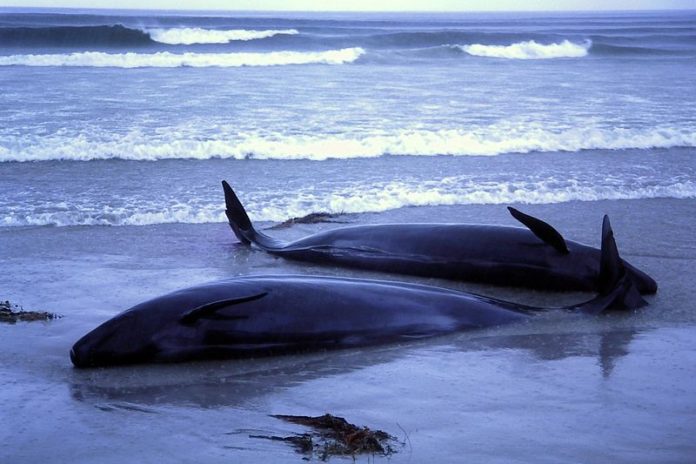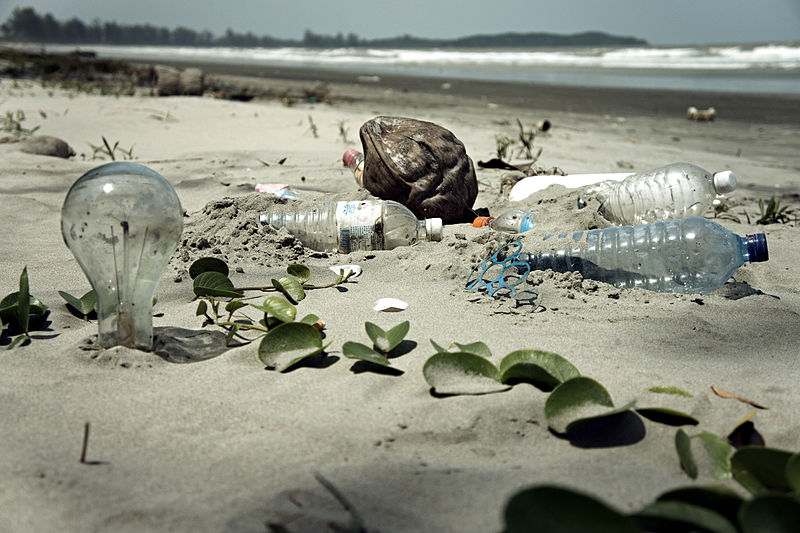
The majority of us are aware that we are changing our environment by subjecting our planet and oceans to excessive quantities of plastic waste.
Plastics have been used by humans for hundreds of years, but the proliferation of plastics products in the past 70 years has been staggering, putting it simply, in today’s world, we cannot live without it. In 1950 the production of plastics amounted to approximately 50 million tonnes, 2013 saw the production of 299 million tonnes of plastic.

A lot of countries and governments are now on-board with the recycling methods and reducing plastic waste, yet a study published in Science quantified for the first time how much garbage finds it’s was into the oceans. Estimates of the report determined there is eight million tons of plastic dumped into the oceans every year. Jenna Jambeck, the University of Georgia environmental engineer who led the study put the 8 million tons figure into perspective by likening it to lining up five shopping bags on every foot of coastline around the world. “And by 2025, those five shopping bags of plastic are going to be 10 bags,” she states.
Consequently, this affects species that utilise the oceans for resources and food. A recent study published as a Marine Pollution Bulletin has highlighted the evidence of plastics within large pelagic fish in the Mediterranean. Studies such as this have proven that plastics in the ocean are a medium of transportation and are subsequently getting into the food chain. Many recent reports cover the fact predators are not only under threat from bioaccumulation of toxins, but also from the direct consumption of plastic waste. The potential affects of this on human health is also an obvious concern.
The increasing occurrence of larger marine species washing ashore is becoming alarming and demonstrates the damage of ingesting plastic waste. In March 2013, a sperm whale that had washed ashore up on Spain’s south coast had swallowed 17kg of 59 different plastic items. July 29th 2013, a sperm whale became stranded and sadly died on Terchelling, Netherlands. A necropsy of the whale showed that it has ingested large quantities of plastics. Similar cases such as these have been dated back to 1989, and are happening frequently all over the world. Predatory whales are susceptible to ingesting plastic and fishing gear as they resemble the physical features of their prey, similar to turtles swallowing plastic bags because they can be easily mistaken for jellyfish.
Baleen whales also suffer a similar fate, not that these items resemble prey, but through the process of gulping large quantities of water to feed. In August 2000, a Bryde’s whale was stranded near Cairns, Australia. The plastic found contained within its digestion tract amounted to 6 square metres of plastic, including supermarket bags, food packaging, duct tape, surgical gloves, golf balls, not to mention the other waste found.
Plastics are not digestible and once it is ingested can accumulate and clog up the intestines. Over time, this causes malnutrition and disease leading to unnecessary suffering and eventually death.
We are constantly reminded about the impacts of marine debris and waste and every piece of waste matters. However we can help. Simple day to day tasks such as following the three R’s (reduce, reuse and recycle), helping to educate others, getting involved in beach clean up events and we can fight against the problem and give our oceans and world a better future.
You want to support Anonymous Independent & Investigative News? Please, follow us on Twitter: Follow @AnonymousNewsHQ
This Article (What A Waste) is free and open source. You have permission to republish this article under a Creative Commons license with attribution to the author and AnonHQ.com.





So why don’t we list the companies dumping plastic into the oceans?